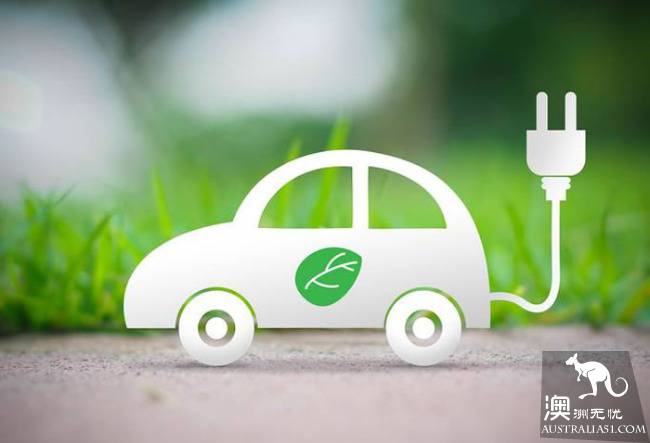International research shows that government subsidies are the best way to drive the transition from fossil fuels to electric vehicles in terms of the popularity of electric vehicles. But the federal government argues that the cost of electric vehicle (EV) and the lack of charging infrastructure are reasons for low penetration in Australia, rather than a lack of taxpayer-funded incentives.
Federal Secretary of Energy and Environment Josh. Price and lack of a nationwide charging infrastructure for electric vehicles is a major obstacle to the growth of electric cars in Australia, (Josh FRydenberg) said at a recent energy network event.
The reason why the use of electric cars in Australia is so low is because they are expensive compared to other cars, with 13 of the 16 electric vehicles sold in Australia costing more than 60,000 yuan, Mr. Fredenburg said.
A recent report by the (IEA), the international energy agency, found that government's incentives to buy electric vehicles were the best way to reduce costs.

The report said the growth in electric vehicles was largely driven by the government policy. Car subsidies and / or tax exemptions have reduced the price differentials faced by electric car buyers, which have proved to be the most effective means of driving sales of electric vehicles.
Globally, the number of electric and plug-in hybrid (PHEV) vehicles has exceeded 3 million, up 54 percent from 2016, a figure that the International Energy Agency predicts will grow to around 125 million by 2030.
Australia's government has been adamant not to provide financial subsidies, but has called on the energy industry to provide incentives for electric car owners to switch to off-peak charging.
Fredenburg said it expects to have 1 million electric vehicles on the road by 2030, which will increase demand for the grid by 2 percent.
"We can cope with this change, but what we need is incentives for people to recharge their electric cars when they get home without having to charge them at rush hour."
"We want them to recharge their cars at a time when prices are low or demand is low, that is, at 2 a.m., and we need a system to think about it," he said.

In 2017, Australia had 7340 electric and PHEV vehicles, compared with just under 5880 in New Zealand.
New Zealand's goal is to reach 64000 electric vehicles by 2021, while Australia does not have a clear national target, although the Capital Territory plans to make a 100 percent shift to electric vehicles.
The size of Australia is also an obstacle to the popularity of electric vehicles, Fredenburg said.
"people also care about how far your car can run before you need to recharge in such a big country. Another problem is the number of charging stations, "he said."
The IEA report found that in 2017, there were only 436 public charging stations for electric vehicles in Australia, although only 40 of them were fast chargers.
Despite these problems, Fredenburg still believes that Australia's electric vehicles will continue to grow exponentially.